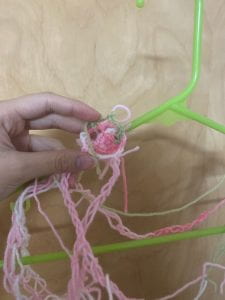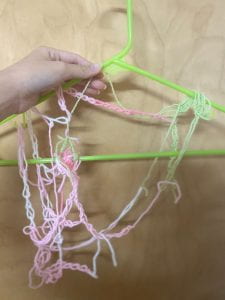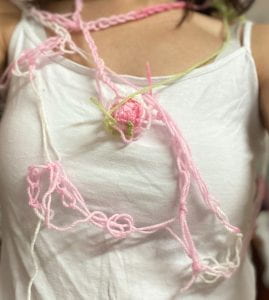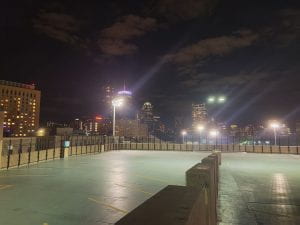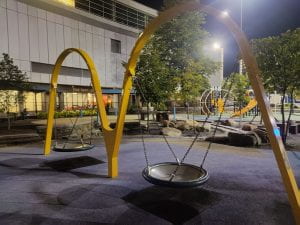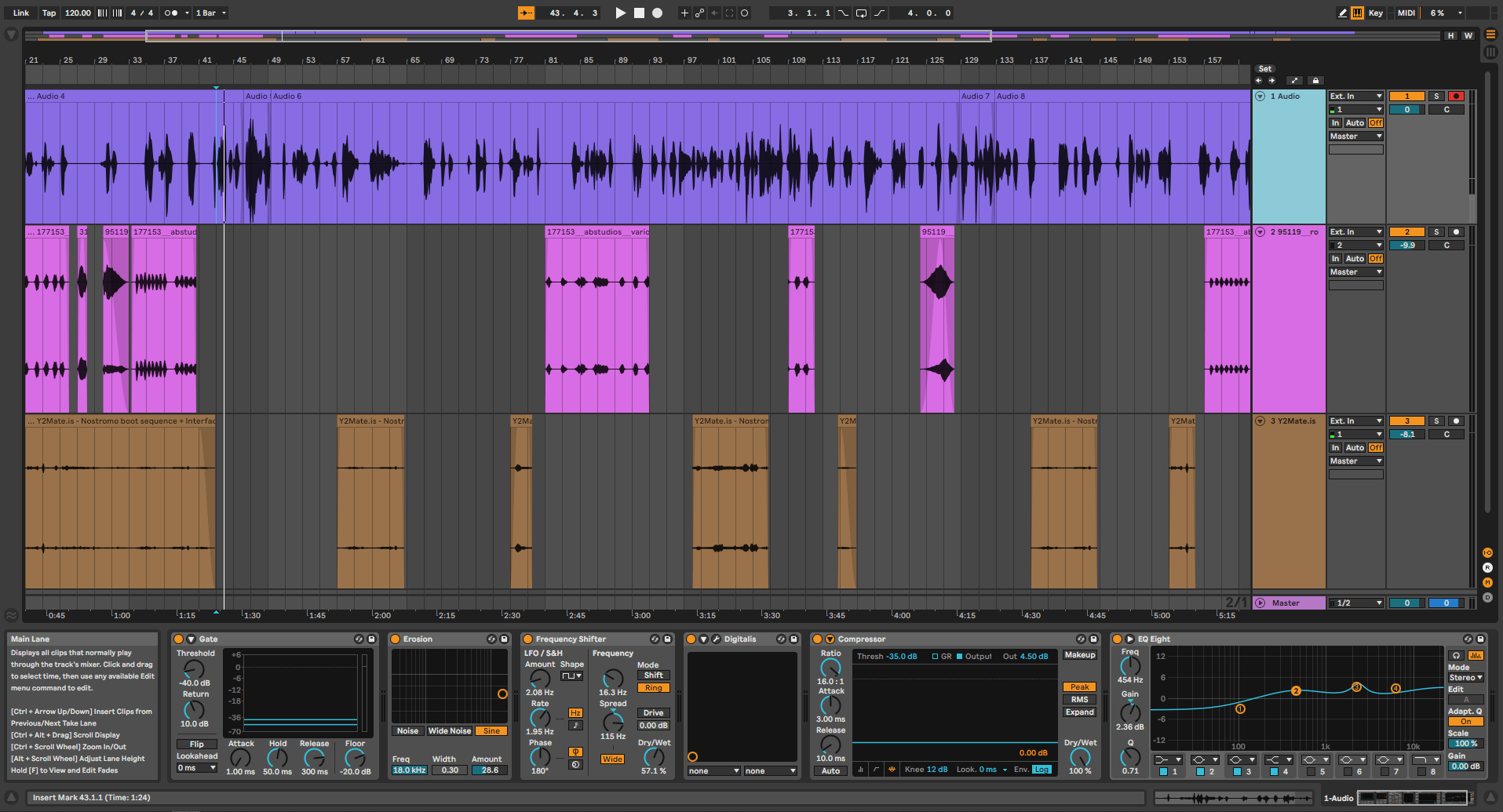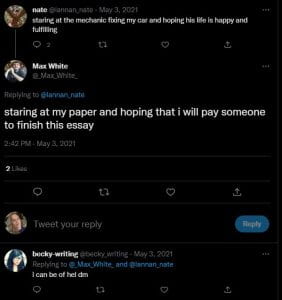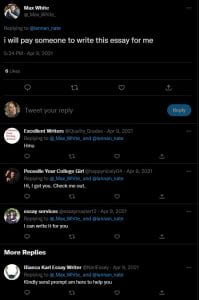Locate a patch of ground and stand on it.
Do not move (rustling in the wind is okay).
If it’s raining, feel the rain.
If it’s breezy, feel the breeze.
If it’s sunny, feel the heat.
Continue feeling things for as long as you wish to remain a tree.
Optional: Perform photosynthesis.
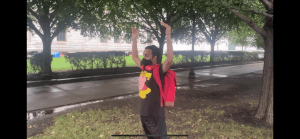
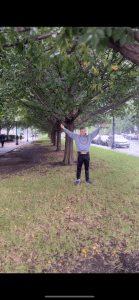
I took a lot of inspiration from Yoko Ono here. I enjoyed how her works often asked impossible tasks of people (“Draw with yourself until you disappear”)–or didn’t explicitly ask tasks at all (“Water Piece: Water”). I wanted to stretch the concept of what counted as a “possible task,” while still being able to reenact it in real life somehow. Because of that, I decided on a piece where you take on the traits of something you’re not. Similarly, I tried to adopt a lot of Yoko Ono’s humor here, with lines like the optional requirement of performing photosynthesis, or the line about the acceptability of rustling in the wind.
Another thing I liked about many Fluxus works was their interest in blurring the line between art and life. In many ways, the viewer’s mindset is the difference between something that’s art and something that isn’t–and I think that’s something “anart”–like rotting food–demonstrated very well. For this work specifically, I focused on the idea that you can have a “beautiful experience” just by slowing down and paying attention to your surroundings–even if such a thing isn’t usually appreciated in the same way a more curated experience might be.
I also think this piece is interesting because of how minimalist the actual experience is. Without any game-like elements, or specific physical requirements, the experience of the piece is completely centered around your surroundings. Because of that, everyone who performs this score will see, hear, and feel wildly different things. This calls attention to the fact that life–unlike the carefully presented art at museums–is unpredictable, and sometimes unpleasant. If you’re a tree in the rain, or the wind, or the heat, you just have to stand there and deal with it. Even this unpleasantness can be beautiful, though. Like many of the food-related Fluxus pieces, it goes to show how messy reality is.

